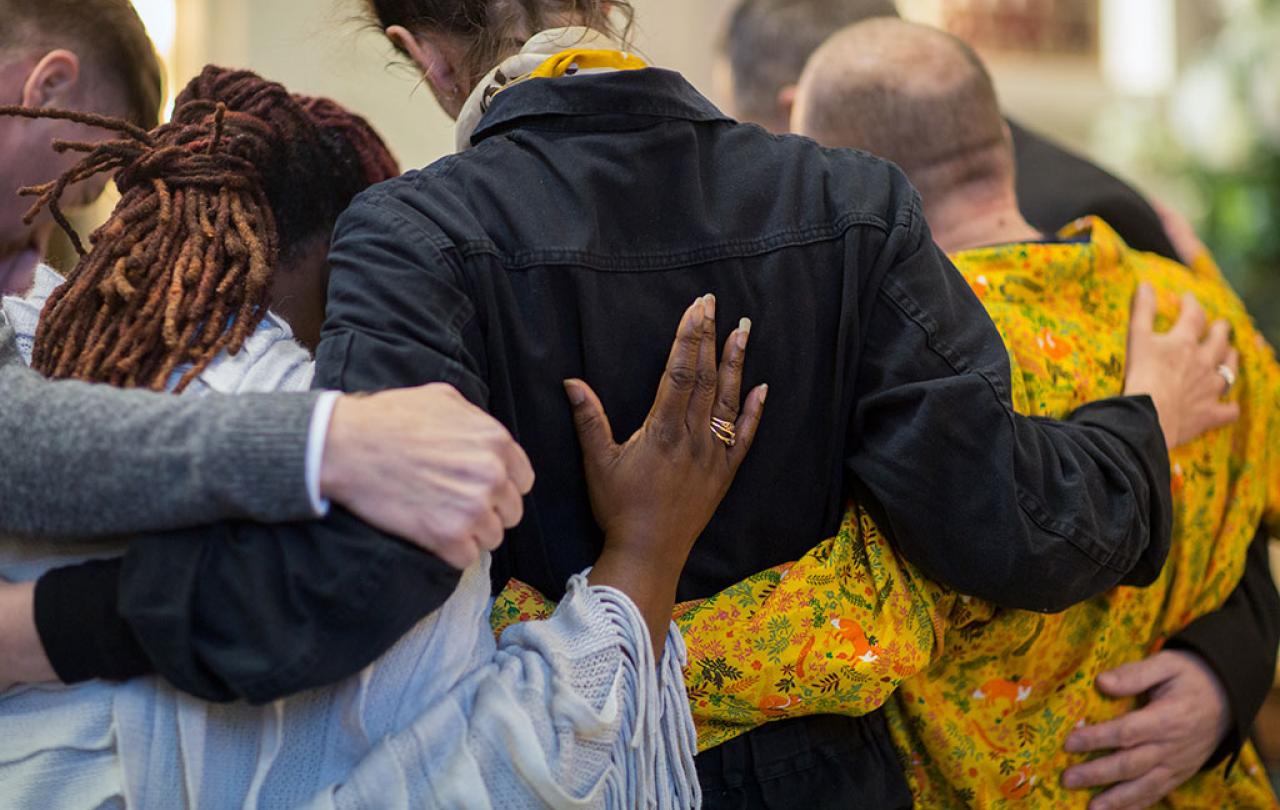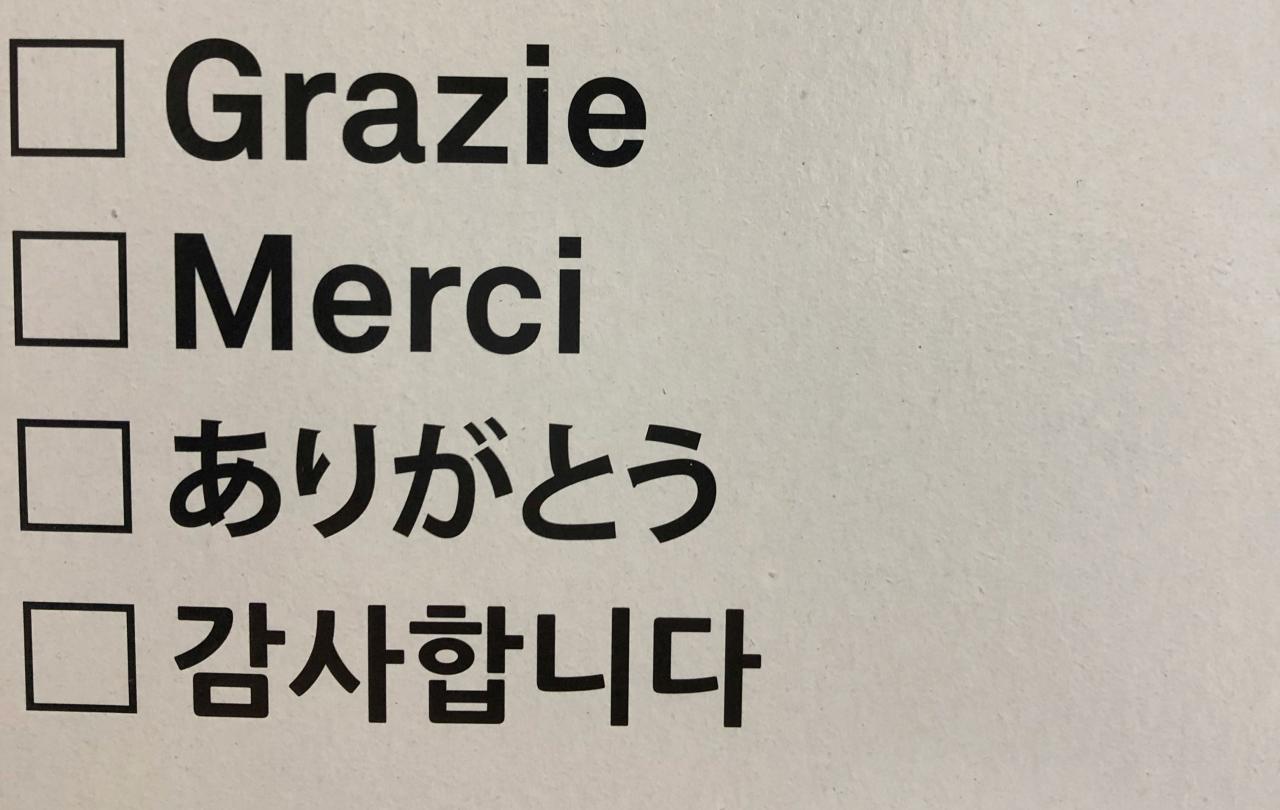
In their November 2023 Theos report Love, Grief and Hope: Emotional responses to death and dying in the UK, Madeline Pennington and Nathan Mladin produce the surprising finding that, over the past year, one quarter of Brits had thought about their own death at least once a week. They go on to consider related emotional responses, chiefly fear. But, however often we think about death (maybe never), what do we do to prepare for the certainty of it, when we are used to making all sorts of preparations for practically everything else in our lives?
First, we can, without being morbid, live our lives in broad terms in the consciousness that we are mortal (and, if you will forgive me as a classicist for delving into Latin, living ‘sub specie aeternitatis’ which means ‘from the standpoint of eternity’). Second, there are things we can do in terms of getting our house in order, both for our own peace of mind and for the benefit of our loved ones and those we leave behind. This is both spiritually and materially, though I would want to argue as a Christian that the whole of life (whether in this world or in the next) combines both aspects.
Having had quite a feisty and competitive brother/sister relationship (with not a little ribbing from her about my own faith), we came to enjoy the warmest possible sibling love for and appreciation of each other.
My dear sister Debbie died aged just 49 in July 2005. She had telephoned me only eight months before to tell me of the grim diagnosis of stage 4 lung cancer, saying that there were two things she needed to sort out: her will and her relationship with God. I replied (as a Christian and as a private client lawyer) that we could sort both those out. I referred Debbie to a vicar I knew in a church round the corner from where she lived. She was a bit hesitant, saying that, having kept God at arm’s length for all her life, wasn’t it a bit presumptuous now to be knocking on the vicar’s door? I suggested that she should think of it from his point of view, in terms of job satisfaction: that after all was precisely what he was there to do, telling people about God and helping them to find a personal faith.
So that’s just what she did, coming to that faith herself following time with the vicar, with me and with other friends, in the February. And she died as a self-proclaimed Christian five months later. For me, the most precious thing apart from knowing that she would be with Jesus forever was this: having had quite a feisty and competitive brother/sister relationship (with not a little ribbing from her about my own faith), we came to enjoy the warmest possible sibling love for and appreciation of each other.
Second, my mother, whose ideas of Christianity were never terribly clear, though she was a very faithful listener of my sermons, came to faith (as I saw it) just 12 days before she died in May 2010. It was at a home communion given by one of the local clergy team that, as she received the bread and/or the wine (I forget which), a most powerful voice within my spirit told me that she had received Jesus. And that night, by way of confirmation, my wife Annie had a very clear dream of my mother (it had to be her, wearing her most distinctive pink kaftan) dancing at the foot of the Cross.
We lived just five minutes from Mum and, again, my early evening visits to see her, to chat, to read from the Bible and to pray were somehow transformed. While I am not sure that she had the same clear consciousness of having moved from darkness to light as had Debbie, I was quite clear that she had – and noted in my prayers at her funeral that at the end she had received Jesus.
Third is my very close friend Jim who died aged just 67 in November 2020: I had talked to him about the Christian faith on a number of occasions, but he simply didn’t want to know. Then just one month before he died, in a telephone conversation with him in hospital Jim asked me to explain it, from a position of dire physical need and wanting to hear. I didn’t know how ill he was and, having explained the essence of Christian belief in very simple terms, prayed with him over the telephone.
As it happens, Jim survived another month at home, during which time I was able to visit him four times and (now having been ordained) give him and his Christian wife Judi Home Communion, as well as pointing him to and talking about Mark’s Gospel and praying with him. His new faith led to a new intensity in our friendship. Jim was quite clear about his new relationship with Jesus, seeing himself as the lost sheep, on which I preached at his funeral, before (as a profoundly moving experience) conducting his burial.
None of us of course knows for sure what happens after death. But Christians are by God’s grace given this ‘sure and certain hope’ of an eternity to be spent with Christ in God’s new creation. And it’s the clear Christian message that that eternity starts now, when we come to faith. There’s a new relationship with God in Christ and, which is my experience, with our brothers and sisters in Christ, especially precious when those folk are close to us anyway.
And then of course, perhaps most importantly, what is broken needs to be put right.
That’s the spiritual aspect. What of the material – by which I mean all the practical ‘stuff’: those who are left behind having to sort out our possessions, Inheritance Tax where payable and a whole host of other things? It is a subject touched on in the Bible, perhaps surprisingly. Consider Paul writing to Timothy that a person should provide for their relatives and especially close family), which I take it would include post-death as well as lifetime provision. And then supremely of course Jesus in providing for his dear mother by entrusting her to his beloved disciple John.
In this context, I can do no more than make a few pointers, which with other suggestions I develop in my book.
There are what I call ‘The Three Essentials’: Lasting Powers of Attorney in case of mental incapacity (for both property & financial affairs and health & welfare), Wills (including the all-important choice of executors) and funeral arrangements. Just 44 per cent of UK adults have made a will.
Then there’s a host of other things, including appointing guardians for any minor children, providing for dependent relatives and making arrangements for pets. What about access to digital assets, for example? Let alone dealing with things about the home.
And then of course, perhaps most importantly, what is broken needs to be put right - relationships, where forgiveness could be sought or given. And, more widely, are there people you want to spend more time with, things you want to do or places to visit?
My suggestion is that dying well embraces first of all the peace which comes from the belief that Jesus has died the death my sins deserve and consequently a restored relationship with God our Heavenly Father; and second, making what practical arrangements we can in advance, to ease the stress of those we leave behind in sorting out our affairs.
Matthew Hutton is the author of Your Last Gift – Getting Your Affairs in Order.





